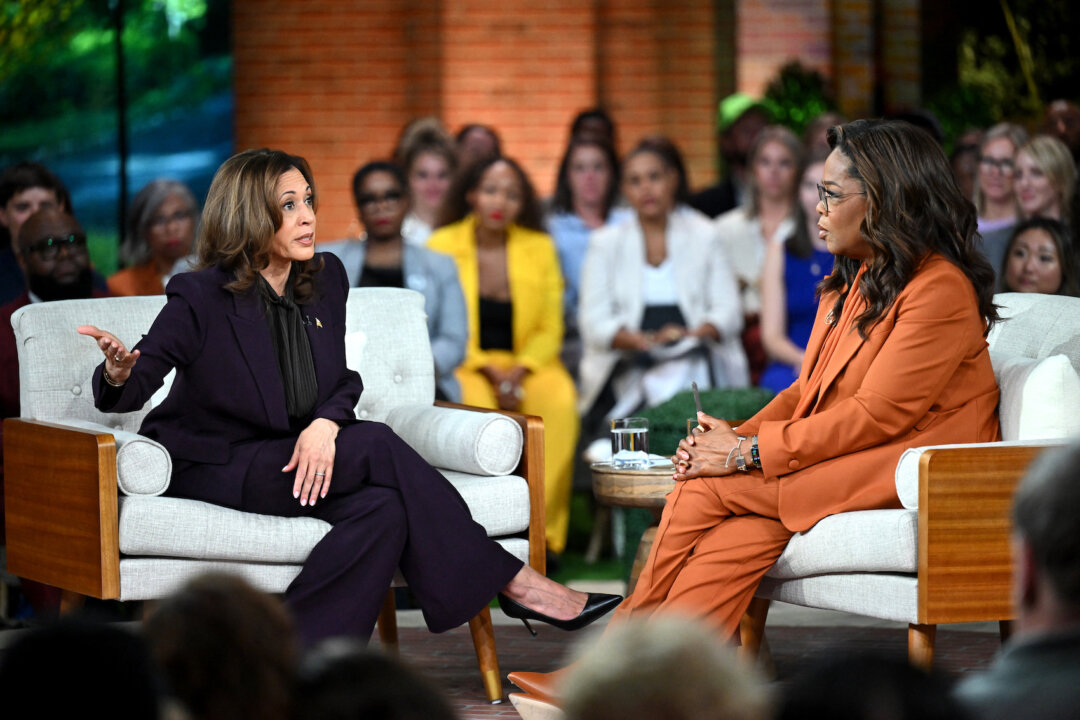
M Arun and his friends often ran along a narrow path in Dinnur village , Kamanthotti, in Krishnagiri, where a place of worship colloquially known as ‘Gangamma' stood. Arun had never given much thought to the stone structure—until one day in class, when his teacher, M. Jeyalakshmi, introduced the students to the fascinating world of megalithic burial structures.
Arun immediately jumped up and told his teacher Jeyalakshmi at the govt high school about ‘Gangamma'. Intrigued, Jeyalakshmi and the rest of the class went to the site. "To our amazement, we found that it was indeed a megalithic burial site ," says Jeyalakshmi, who informed archaeologists about the discovery.

"The archaeologists verified the site as a 3,000-year-old burial ground," says Arun, a Class X student, adding that the experience ignited a passion in him for history and archaeology. "I feel a sense of achievement and want to learn more." Arun isn't the first student to make such a discovery.
Of late, many govt school students have uncovered ancient artefacts in their localities. What were once seen as ordinary stones and idols in their villages are now recognised as archaeological treasures , a shift that is largely due to the introduction of heritage clubs in govt schools. Established in 2010 by state minister for finance Thangam Thennarasu, who was then the school education minister, these heritage clubs have been given a new lease of life by the DMK govt.
Last year, the govt trained 1,000 teachers on archaeology as part of a new initiative, allocating ₹3 crore for the training. Teachers interested in archaeology were shortlisted for training sessions in different regions, beginning with a six-day residential workshop in Madurai last March. The workshop included theoretical instruction and two field visits to ancient sites, led by resource persons from the state archaeology department.
Trained in batches, these teachers were tasked with kindling their interest in archaeology at the school level. They conducted regular classes featuring images of ancient burial sites, prehistoric tools, pottery, jewellery, and water management systems. As a result, students began connecting ancient structures they saw in their villages with the artefacts they learned about, leading to the discovery of several stone circles, burial cysts, inscriptions, and rare idols, many of which were uncovered for the first time.
V. Rajaguru, who heads a 14-year-old heritage club at the Suresh Sudha Alagan Memorial Govt Higher Secondary School in Ramanathapuram, coordinated the first programme. Shortly after the workshop, K.
M. Selvam, a teacher from Virudhunagar, discovered that a coin he had was a 1,000-year-old ‘Elam coin' from the reign of Rajaraja Chola I, marking his conquest of Sri Lanka. "Students involved in these clubs or training in archaeology are unlikely to deface ancient monuments or inscriptions," says A.
Manikandan, coordinator at the Gandarvakottai Govt Boys Higher Secondary School in Pudukkottai. "Many have also uncovered new information about existing structures in their villages." Janarthanan and Sivanesan, two students from Kattunaval village in Pudukkottai, helped uncover the history of an old well called Nallaperumal Kineru.
They discovered a sword belonging to a local family, which had been gifted to a man named Nallaperumal by the zamindar 200 years ago for capturing a band of robbers terrorising the area. Nallaperumal used the sword to dig a well for his wife, who suffered from leprosy and was not allowed to fetch water from the village wells. Today, this well is used by everyone.
But teaching archaeology to students is challenging without proper support and resources, says Rajaguru, also president of the Ramanathapuram Archaeological Research Foundation. "While students are enthusiastic, some teachers are unsupportive and discourage participation in these classes. Field visits should be part of this programme, as on-site learning is important.
We've managed to teach them some stone inscription reading." In the past 14 years, heritage club activities have been confined to museum visits. However, after archaeological training, students have begun visiting active excavation sites such as Keeladi and ancient Jain sites such as Keelakuyilkudi in Madurai.
"More than 90% of my students are now more interested in archaeology than in conventional subjects," says Jeyalakshmi. "Whenever they see a uniquely shaped stone, they stop to inspect it for writings or paintings. One student even brought in a sack of stones, two of which were identified as prehistoric.
" In the past three months since schools reopened, students at her school have discovered more than 50 prehistoric stones. Recently, they also identified an inscription in Telugu from the Vijayanagara period and are working on deciphering it. "Not all of the 1,000 trained teachers are active," says a heritage club teacher.
"While they are connected through a WhatsApp group, only about 20% participate. If everyone contributed and posted their findings, it would encourage more students." Rajaguru says it would help if schools set aside a class for archaeology at least once a week.
"Also, students should be given certificates for their findings. It will encourage other students to find more," he says..














